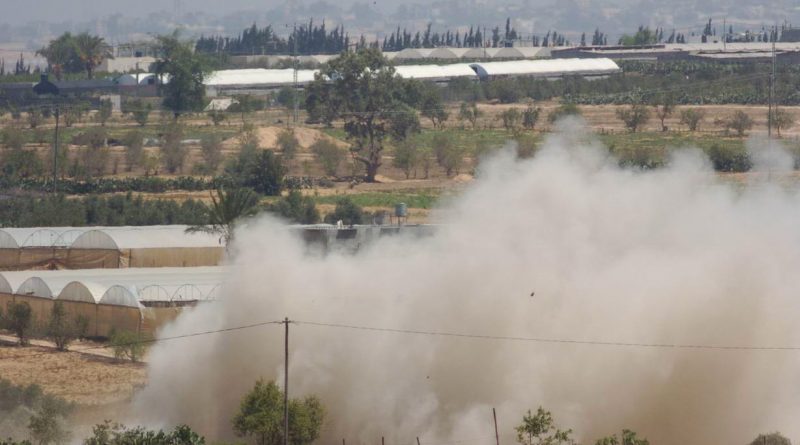Israel-Palestine Conflict: A Historical Lens in Current Times of Uncertainty
Sam Adams
Staff Writer
After the creation of the Israeli nation in 1948, the subsequent expulsion of its Palestinian inhabitants fomented an ideology of the “other” within the minds of both Palestinians and Israelis.
Following the Six Day War in 1967, in which Israel occupied the Syrian Golan Heights, Egypt’s Gaza Strip, and the Jordanian West Bank, tensions would only increase between Israelis and Palestinians.
Israel claims the Golan Heights as an integral portion of its territory because its geographically defensive positioning is imperative to the country’s security. The occupied West Bank has been divided into three zones, and while East Jerusalem has been annexed by Israel, the international community recognizes it as occupied Palestinian territory.
Israeli military positions within Gaza were abandoned in 2005, and nearly 9,000 settlers were relocated from the strip around the same time, according to Reuters.
In the West Bank, territory has largely been split into zones A, B, and C. Zones A and B have been dedicated as Palestinian sovereign territory while zone C, which includes East Jerusalem, is controlled and governed by Israel.
Although zones A and B are Palestinian, illegal Jewish settlements have run across the entire West Bank. According to CNN, the number of illegal Jewish settlers is 420,000 and counting. These settlements create barriers to a future Palestinian state at the heart of the two-state solution.
Today, the Gaza Strip, and its nearly two million residents, face blockades on all borders, which are enforced by Israel and Egypt. Gaza is currently one of the most impoverished territories in the world. Unemployment is high, residents receive less than twelve hours a day of electricity, and nearly 90 percent of the drinking water is unsafe for consumption, Al Jazeera reports.
Gaza has been a linchpin in the Israeli-Palestine conflict since the 2005 removal of Israeli military forces. Since 2005, Gazans have endured a civil war between the fundamentalist Hamas party and the government of the Palestinian Authority headed by the more moderate Fatah party.
In addition to a civil war, Strip residents have endured a relentless Israeli aerial bombardment and four ground wars with Israeli Defense Forces (IDF).
The culmination of this frustration was embodied by the Palestinian people in the Great March of return, which took place on March 30, 2018. The Middle East Eye highlighted the peaceful nature of the protests in which Palestinians demonstrated against living conditions in Gaza, the blockade, and the right to return.
Writers, artists, civil society activists, journalists, and youth groups all expressed their desire for a peaceful alternative. Nonetheless, the largely peaceful demonstrations were met with a heavy handed, violent response by Israeli forces.
Israeli soldiers sat beyond the fence with sniper rifles and tear gas, sometimes using live ammunition in a failed attempt to disperse the crowds. The Israeli response was largely met with condemnation by the international community, as the death toll to date surpasses two hundred civilians.
Included in those killed were three medical professionals, two journalists, and fifty children. The wounded were often unreachable as IDF forces partially damaged 112 ambulances. Scores flooded Gazan hospitals, which battled with a lack of power and struggled continuously to accommodate the wounded masses, reports Amnesty International.
Opposite the Gazan Fence, a grenade thrown by a Palestinian injured an Israeli soldier. An additional soldier was killed by sniper fire.
March 30, 2019 marked the one-year anniversary of the Great March Protests. Protestors took to the frontier with Israel again, facing off with a border fence reinforced by IDF soldiers and tanks.
The anniversary protests drew close to 40,000 people. According to Al Jazeera, the protest and response saw the killing of three 17-year-old boys and one 20-year-old man by Israeli forces.
These killings could have been the catalyst for Sunday morning’s rocket attack on Israel by Hamas. The attack occurred amid negotiations between Hamas and the Israeli government on a ceasefire, One India reports.
As of April 5, the current ceasefire seems to be holding. Traffic and cargo have been flowing across the border, as well as along the extension of Gazan maritime zones in the Mediterranean. A ceasefire is one step in a long process to achieving a stable peace in the region.


